-
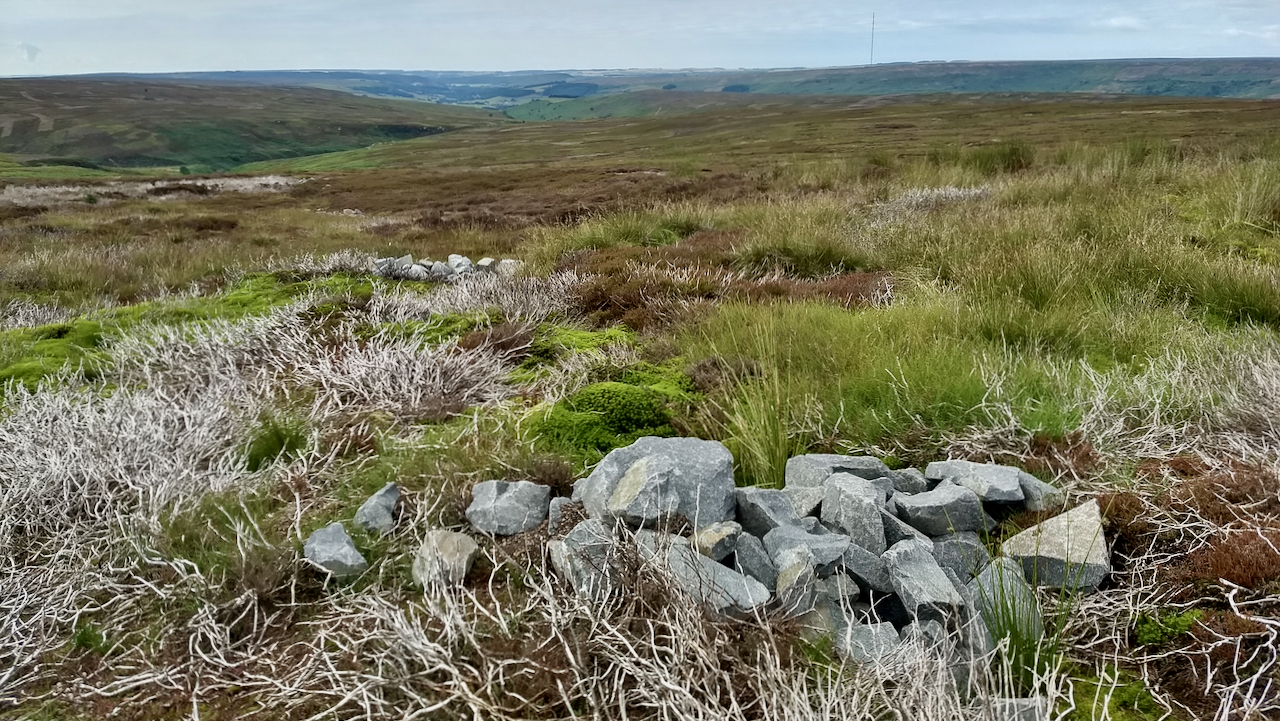
The Great North Bog
Whenever I hear the dull throb of a helicopter I am reminded of the 1970s American T.V. comedy series ‘M.A.S.H.’ I can’t get that theme tune out of my head now. Last Thursday, whilst working with the National Trust in Bransdale, a helicopter had been operating from Bransdale Ridge. It was busy all day ferrying…
-
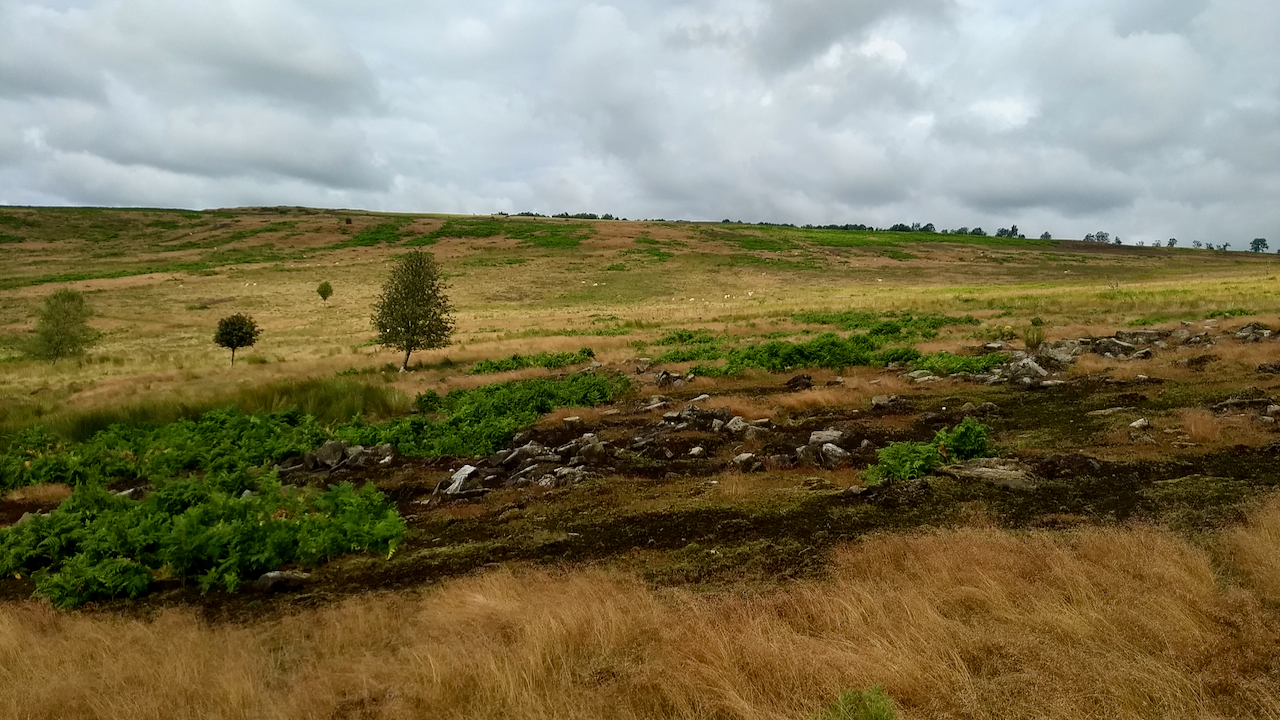
Scarth Wood Moor – a Neolithic village?
I’ve run across Scarth Wood Moor near Osmotherley many times in orienteering races but I can’t honestly remember encountering this boulder field. This is not surprising as, looking back at the 2019 map, I see nothing on the orienteering map, any exposed boulders were not considered significant enough to have been mapped. The boulders have…
-
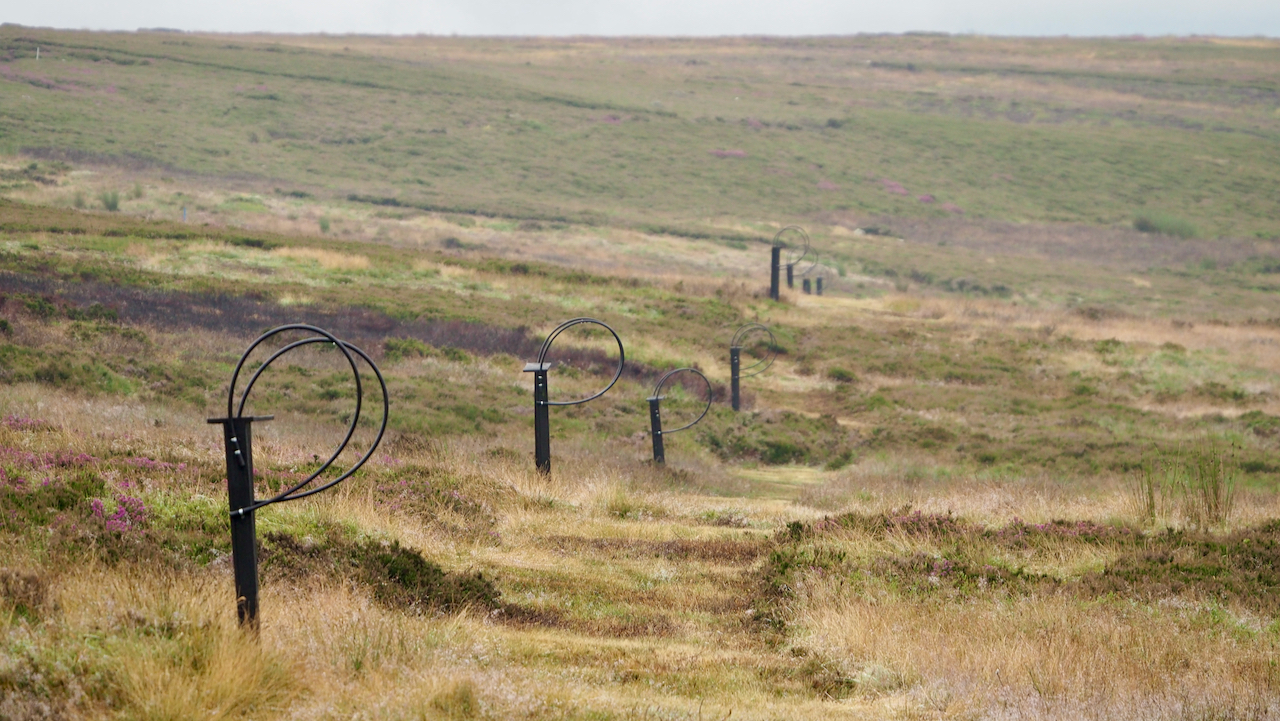
The Butts, Codhill Heights
A modern take on the lines of shooting butts that typically cross the heather moors of North Yorkshire. Butts awaiting their clients while lines of workers chase the grouse over their heads on the Glorious Twelfth. Although they have a bit of a wait; I’ve heard the grouse numbers are down this year. These butts…
-
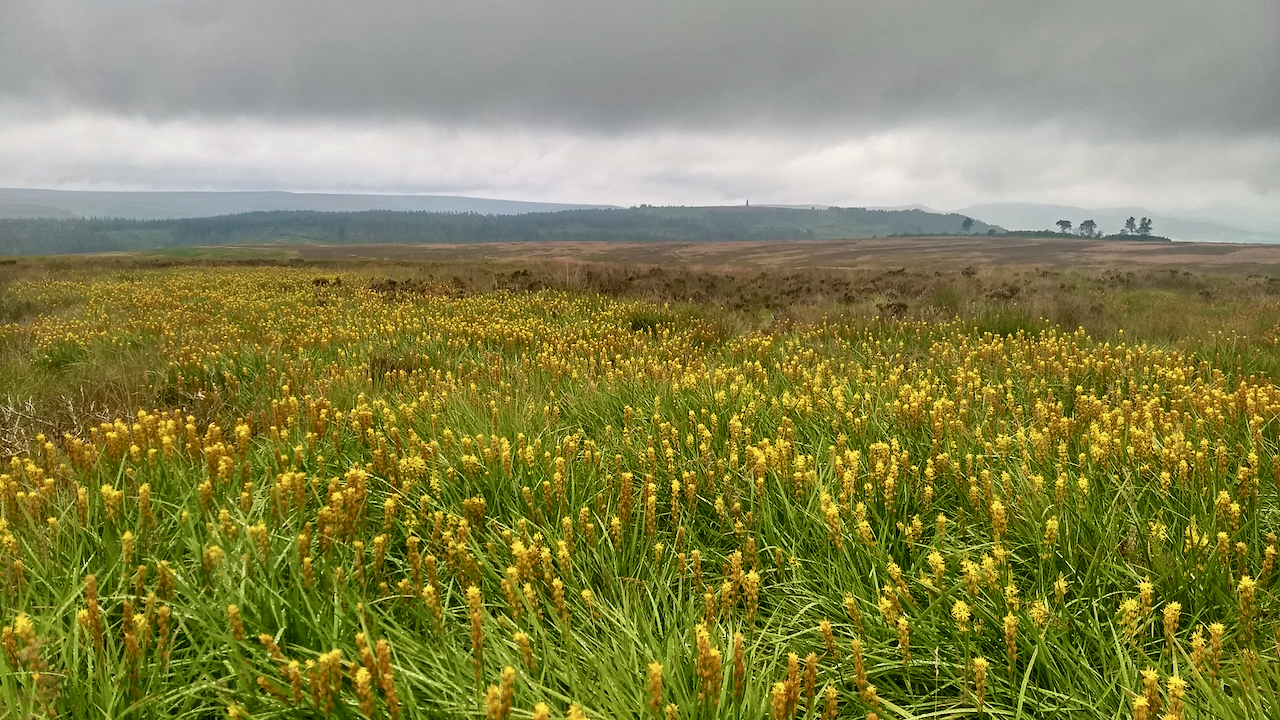
The bonebreaker of Great Ayton Moor
It’s been a botanical sort of week. Bog asphodel, I’ve always thought it a strange name. The bog bit is easy, but asphodel? Sounds very un-English to me. Its use was first documented in the late 14th-century and derives from the Latin ‘asphodelus‘ and the Greek ‘asphodelos‘ meaning the king’s spear. It was “the peculiar…
-
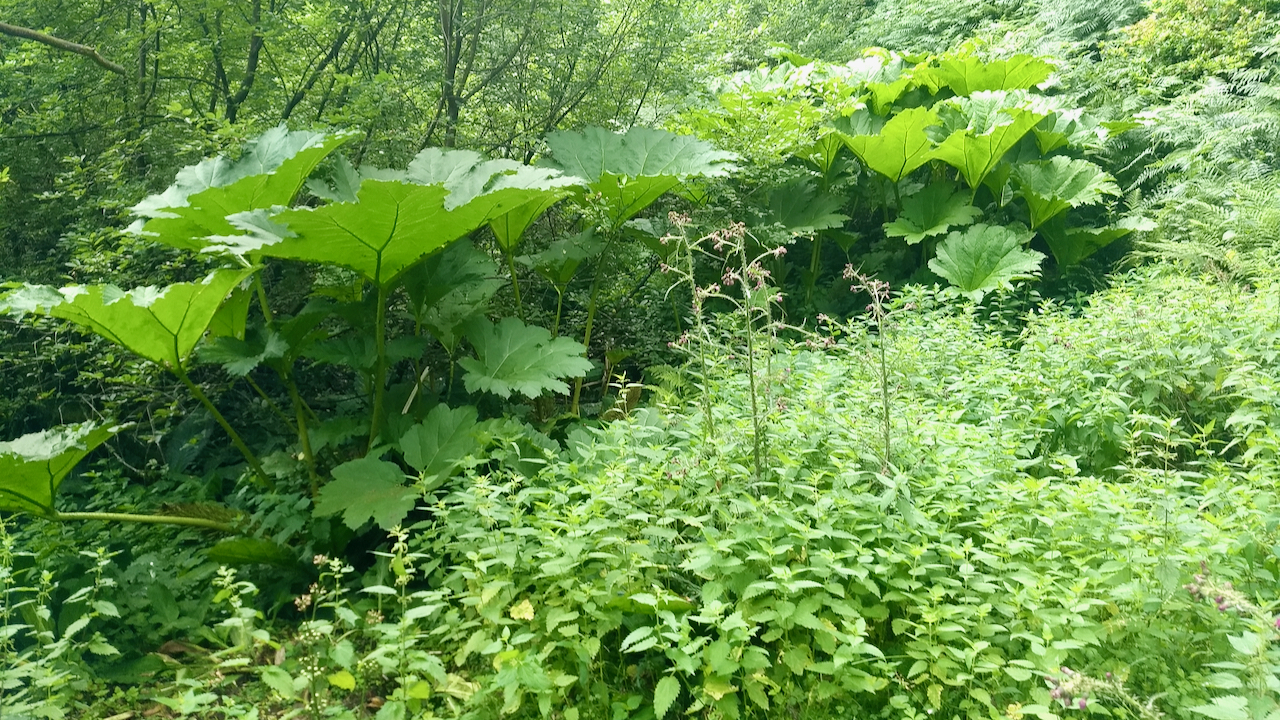
The last you expect to find in a North York Moors dale …
A giant rhubarb looking plant, like something out of Jurassic Park. I think it is Gunnera tinctoria or Chilean rhubarb, an ornamental plant native to Chile and Argentina. It a massive plant with leaves that can reach up to 2½ metres across. The underside of the leaves and their stems have small thorns, not too…
-
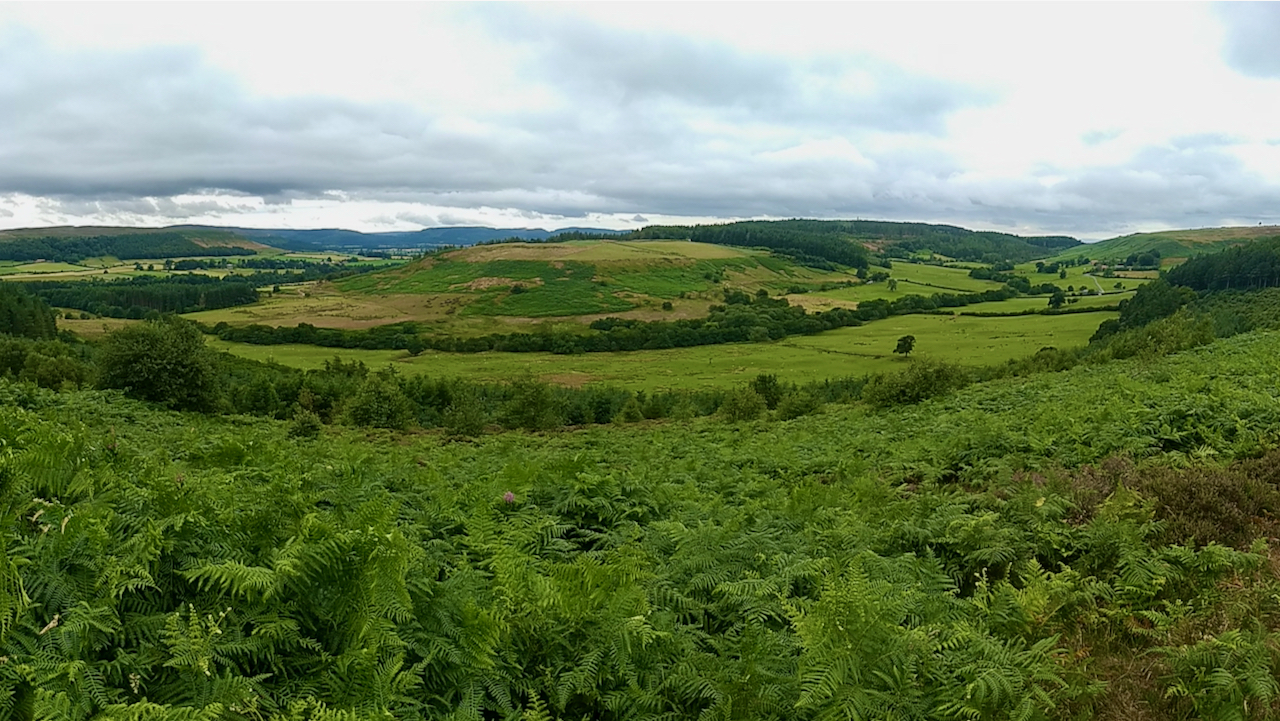
The Pale
I’m always on the look out for an out of the way viewpoint. I discovered this by a short walk across the heather from a bike ride up to Percy Rigg. It shows the full extent of Lonsdale, from its head at Gribdale gate to its confluence with Kildale and portrays a microcosm of history.…
-
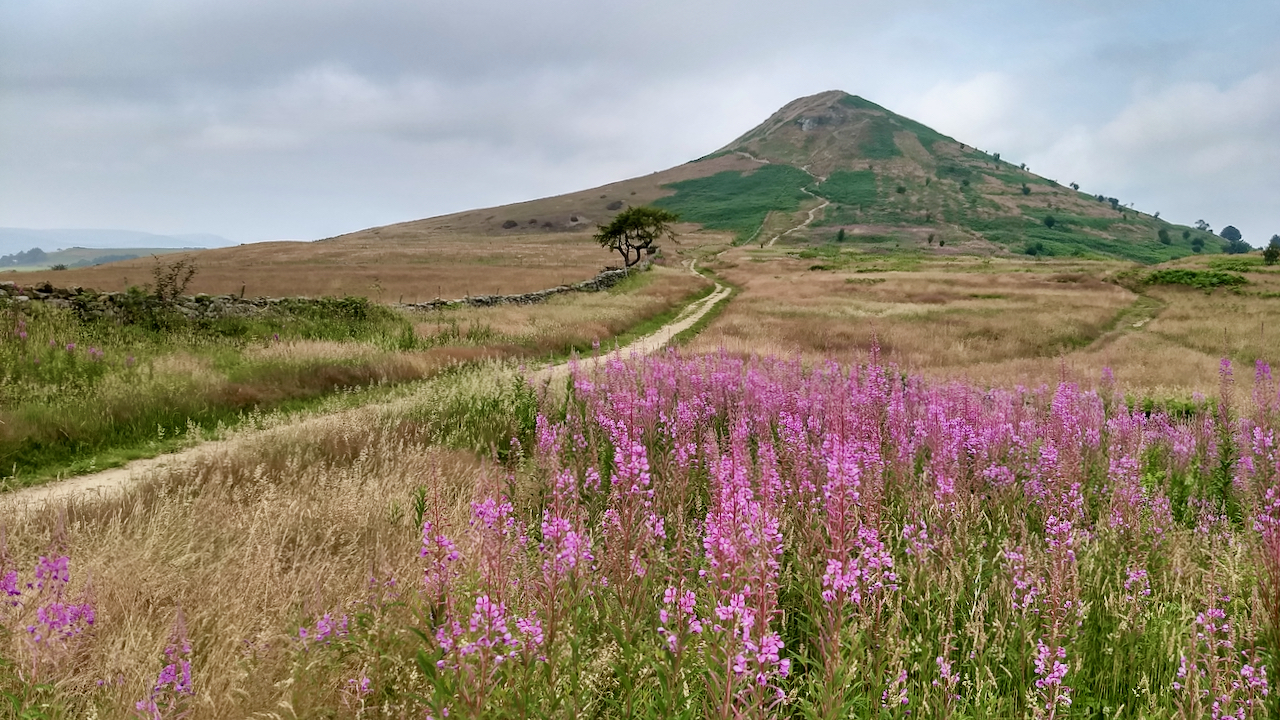
Rosebay willow herb
Until the industrial revolution Chamerion angustifolium was a comparatively rare plant of woodland clearings and was often planted in gardens. Since then it has become the most successful coloniser of open land, embankments, waste grounds. I can remember the fluffy seeds being carried along in the draft of a thundering steam train. Each plant produces…
-
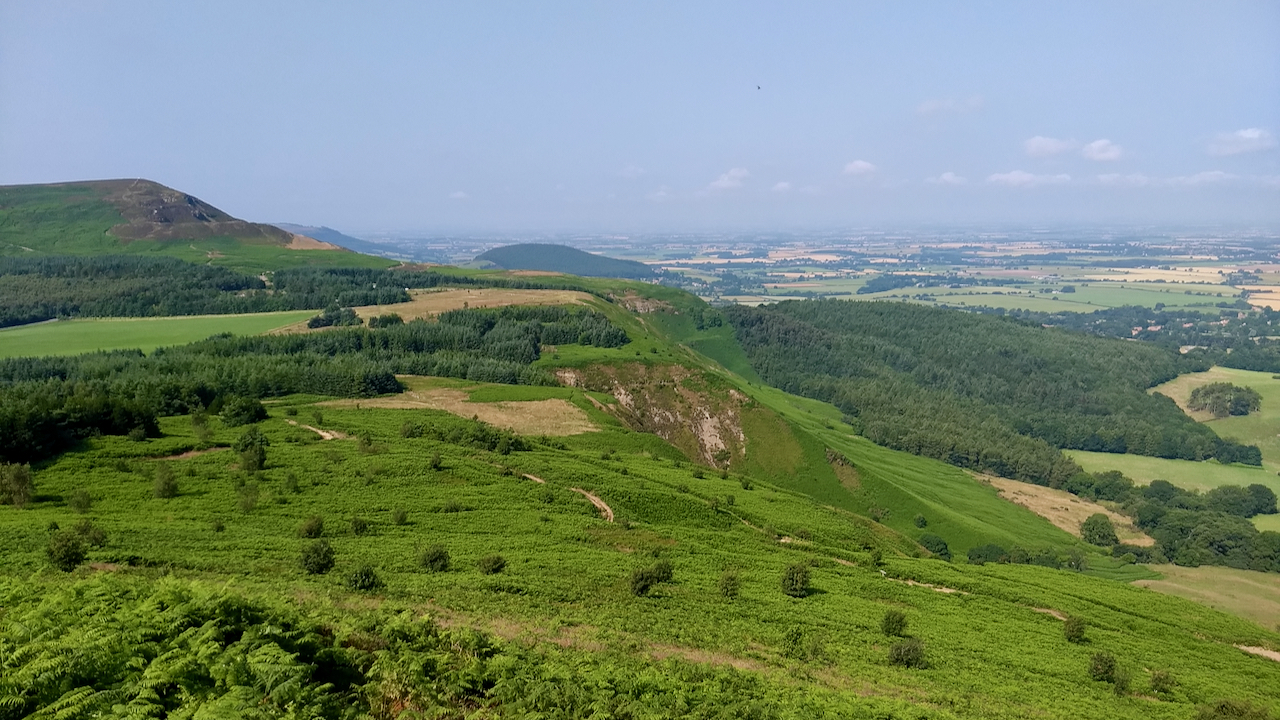
Lordstones Country Park from Cringley End, the north-west nose of Cringle Moor
This privately owned park occupies the long flat col between Cringle Moor and Carlton Moor. Development began in 1986 with a “car park with public toilet and refreshment facilities together with accommodation for agricultural equipment”. I remember it being highly controversial at the time but was mitigated by the café being discretely hidden under a…
-
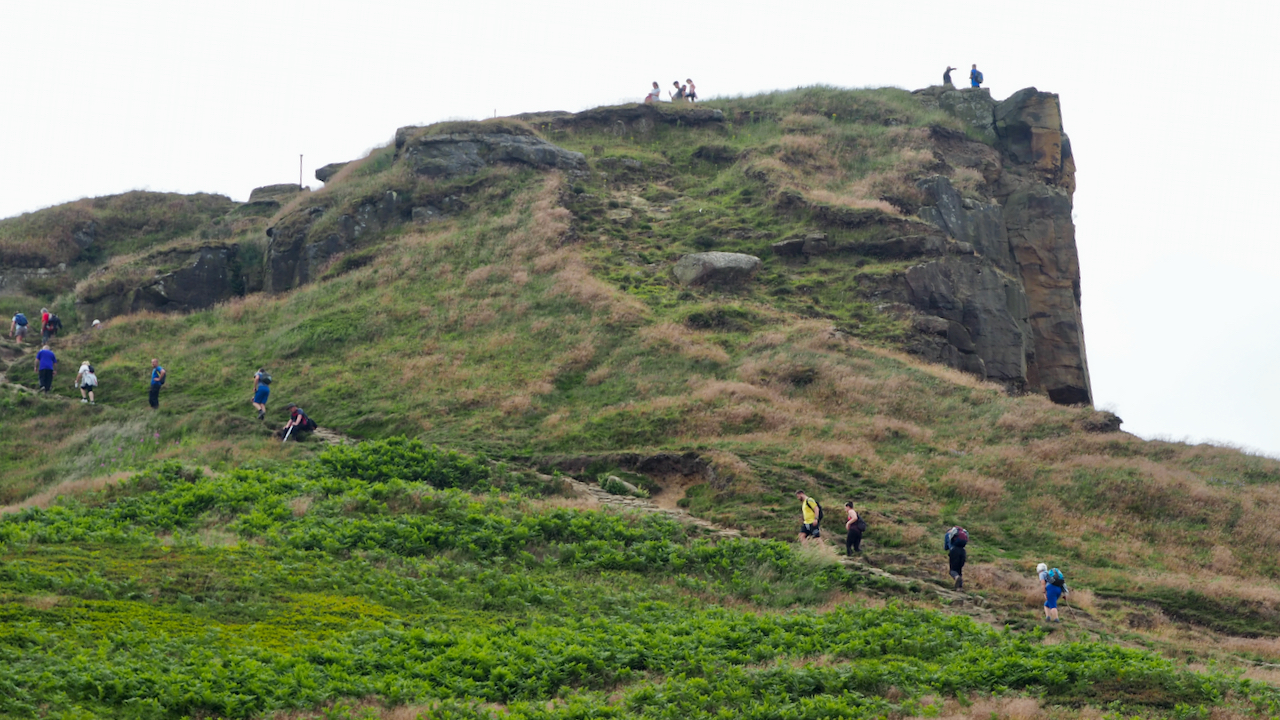
Sunday morning climbing Roseberry
The National Trust acquired the main western slope of Roseberry Topping in 1984 and, by July 1995, had spent £500k on improvements with another £500k planned over the next four years. Much of this money was spent on footpath improvement which had been somewhat neglected when in private ownership. With folks climbing Roseberry increasing year…
-
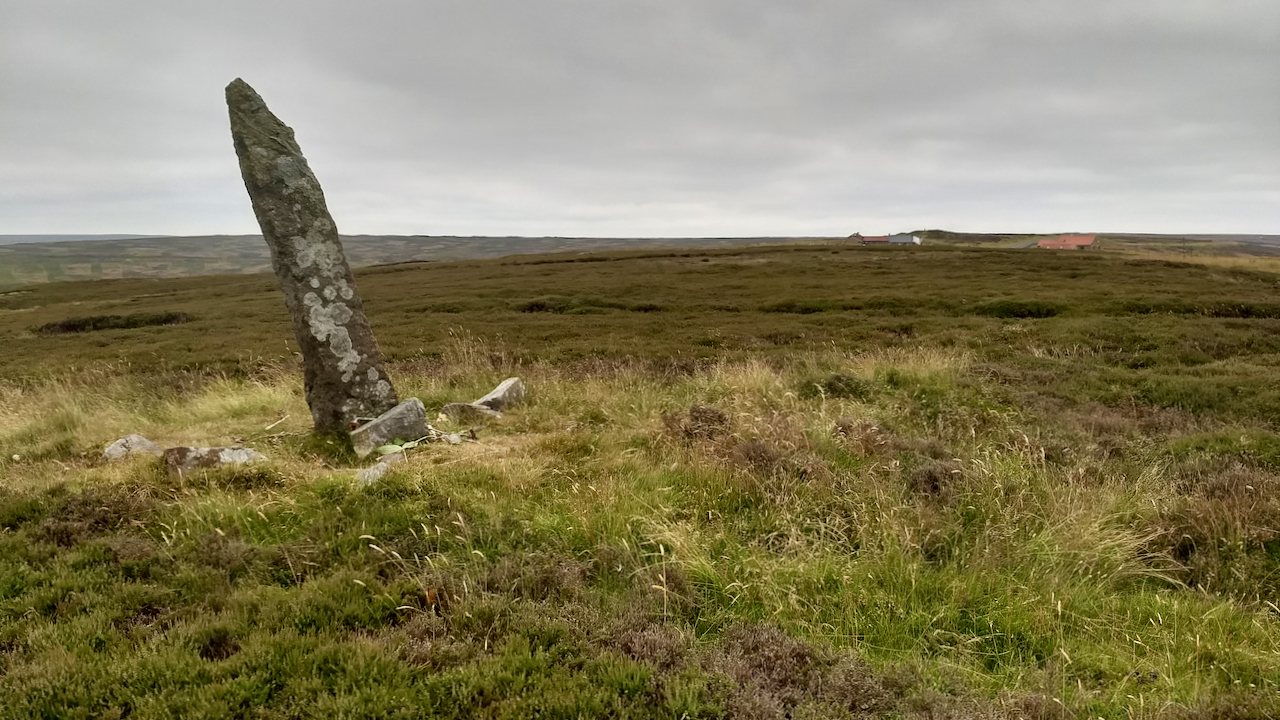
Little Blakey Howe
A Bronze Age burial mound topped by an 18th century boundary stone which is inscribed with the initials ‘TD’, thought to refer to Thomas Duncombe, 18th century owner of the Duncombe Estate. It is thought the stone may be a prehistoric standing stone, in which case it would have been standing when the Crutched Friars…
Care to comment?